The American Saddlebred is a versatile and elegant breed known for its impressive high-stepping gait and smooth, fluid movements. As an enthusiast or hobbyist, honing your skills and knowledge of Saddlebred riding styles will not only enhance your riding experience, but also deepen your appreciation for this extraordinary breed. In this essay, we delve into the history, gait training, riding techniques, and various aspects of Saddlebred riding and care to help you develop a strong foundation and understanding of this beautiful, dynamic discipline.
Table of Contents (Horspedia)
History of the American Saddlebred
The American Saddlebred, a beautiful and versatile breed, has a rich and fascinating history.
Originally developed in the southern United States during the 18th and 19th centuries, the Saddlebred’s versatility and comfortable riding gaits made it a popular choice for plantation owners and farmers alike.
As the breed developed, it became prized for its smooth gaits, athleticism, and elegance, making it a favorite among riding enthusiasts.
The American Saddlebred is often referred to as the “Peacock of the Horse World” due to its high-stepping and flashy movement.
One of the most significant aspects of the Saddlebred’s development is its unique riding style.
The breed was originally developed with the goal of creating a smooth-gaited horse that was enjoyable to ride for long periods of time.
To achieve this, breeders focused on developing the breed’s natural gaits, including the walk, trot, canter, slow gait, and rack.
These gaits, combined with the breed’s natural elegance and grace, make Saddlebred riding styles truly unique and enjoyable.
Over the years, there have been many prominent bloodlines within the American Saddlebred breed.
One of the most influential was the Denmark bloodline, which began with the foundation sire, Denmark F.S.
This illustrious bloodline is known for producing horses with beautiful movement, elegant conformation, and exceptional athleticism.
Other significant bloodlines in the breed include those that trace back to Harrison Chief, Bourbon King, and Stonewall King.
These bloodlines have all had a lasting impact on the breed, shaping the characteristics that riders value and admire in modern Saddlebreds.
The American Saddlebred has played a vital role in the development of the equine world in the United States.
The breed’s popularity skyrocketed during the 20th century, with the American Saddlebred Horse Association (ASHA) forming in 1891 to preserve and promote the breed.
Throughout the years, Saddlebreds have excelled in a variety of disciplines, from show ring competitions in saddle seat and driving to dressage, jumping, and endurance riding.
The breed’s versatility, athleticism, and striking appearance have helped cement its place in the equestrian community.
Characterized by their athletic abilities and wonderful temperament, American Saddlebreds attract riders of all experience levels. These horses are not only known for their kindness, intelligence, and willingness to please, but also their versatility in various riding styles, making them an ideal choice for beginners and experienced riders alike.
As the popularity of the American Saddlebred continues to grow, it is crucial to recognize and appreciate the rich history and unique riding styles that define them, ensuring future generations can revel in the experience of riding these exceptional horses.
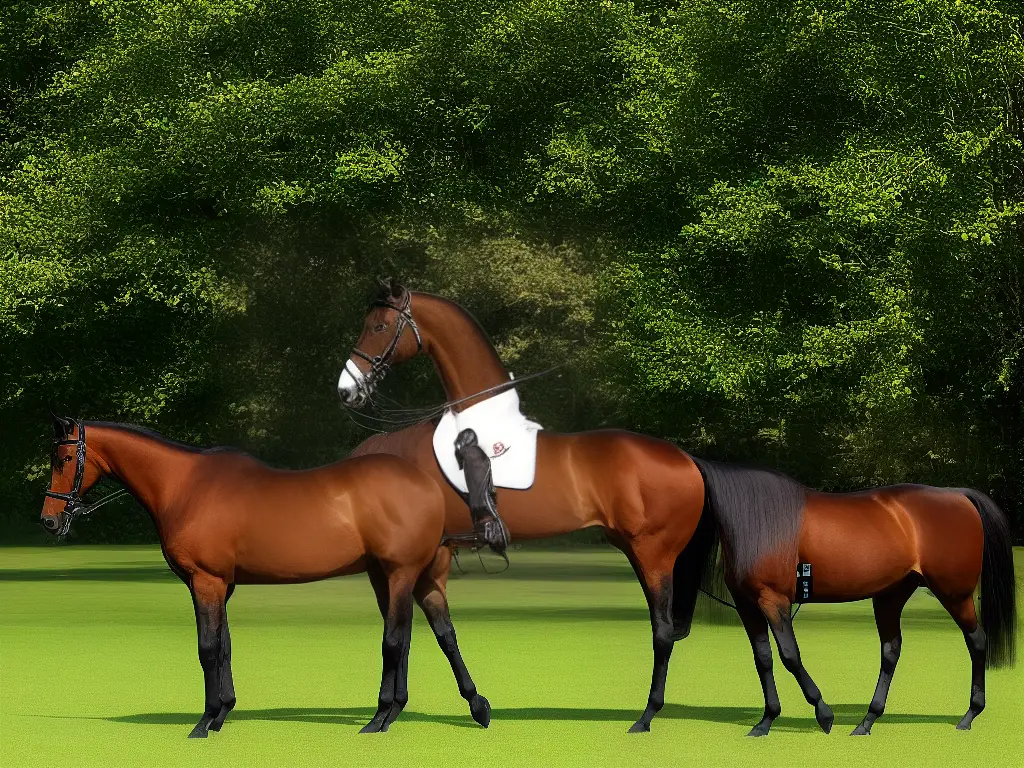
Three-Gaited Saddlebred Riding
One popular equestrian style focused on mastering the fundamental gaits of an American Saddlebred is Three-Gaited Saddlebred Riding. This style demands an understanding of the horse’s natural walk, trot, and canter movements, as well as the rider’s aptitude for maintaining proper posture, regulating tempo, and transitioning between gaits. When paired harmoniously, the horse and rider can achieve a visually elegant and smooth performance that showcases the true beauty of the American Saddlebred.
The walk is the foundation of Saddlebred riding and is crucial for developing balance, rhythm, and connection between the horse and rider. This gait is a natural four-beat movement and requires the rider to maintain a steady tempo while keeping a relaxed seat and following the horse’s motion. It may seem simple at first glance, but mastering the walk gait is essential for the overall success of Three-Gaited Saddlebred Riding.
The trot is the second gait in this riding style and is characterized by a two-beat diagonal gait, where the horse moves its legs in pairs: left front and right hind, then right front and left hind. The trot showcases the horse’s athleticism and the rider’s ability to maintain tempo and balance. Riders need to develop a strong core and good balance in order to sit the trot and post effectively, ensuring a comfortable and harmonious experience for both the horse and rider.
The canter, which is a three-beat gait, requires the rider to have good timing and coordination when cuing the horse. The canter is unique as the horse will lead with either its left or right front leg. As a result, riders must be able to recognize the difference in the horse’s footfall pattern and know how to prompt the horse to either pick up or switch leads. The canter is often considered the most challenging gait to master as it involves more speed and a more elevated movement than the walk or trot. However, with practice and patience, riders can develop the skills necessary to execute a fluid and graceful canter.
One essential aspect of Three-Gaited Saddlebred riding is the communication between rider and horse. Through subtle shifts in body weight and gentle application of rein and leg pressure, a skilled rider can seamlessly guide their horse through the various gaits while maintaining a poised and elegant appearance. With time, dedication, and proper instruction, enthusiasts can become proficient in this distinctive and rewarding equestrian discipline, enjoying the unique experience of working in harmony with a Saddlebred horse.
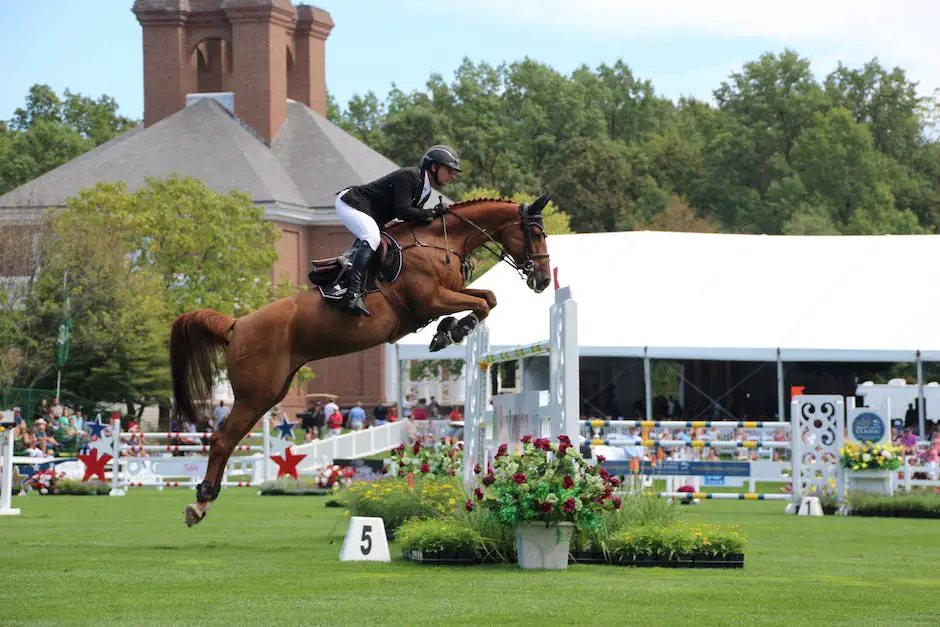
Five-Gaited Saddlebred Riding
Expanding on this foundation, Five-Gaited Saddlebred riding offers an even more breathtaking and exhilarating experience in the equestrian world. The American Saddlebred, one of the most versatile and athletic horse breeds, is uniquely gifted with the ability to perform two additional gaits beyond the traditional walk, trot, and canter. These extra gaits, known as the slow gait and the rack, set this particular riding style apart, captivating both riders and spectators alike. As enthusiasts progress in their skills, they can unlock the full potential of Saddlebred riding styles and create a truly remarkable partnership with their horse.
The slow gait, also known as the “stepping pace,” is a four-beat gait where each foot hits the ground separately in a fluid and collected manner. Ideally, the slow gait should be executed with the horse’s head held high, its neck arched, and its hindquarters engaged. This elegant gait not only showcases the power and grace of the Saddlebred but also requires a great deal of balance and concentration from both horse and rider.
The rack, on the other hand, is a faster and more animated gait, sometimes referred to as the “single-foot.” Similar to the slow gait, the rack is also a four-beat gait with each foot hitting the ground separately. However, the rack is characterized by its thrilling speed and extreme collection, requiring the horse to maintain a more elevated and animated leg action. This impressive and exhilarating gait is truly a testament to the athleticism and innate talent of the American Saddlebred.
Training your horse to perform these two unique gaits is a process that requires patience, dedication, and a deep understanding of the horse’s natural abilities. It is vital to work closely with a knowledgeable trainer or instructor who is well-versed in the art of Five-Gaited Saddlebred riding. They can guide you in developing a solid foundation in classical dressage and proper gait training techniques. By building your horse’s strength and flexibility, you can successfully incorporate the slow gait and the rack into your riding repertoire.
Immerse yourself in the rich tradition of horsemanship and a vibrant equestrian community by learning and perfecting the extraordinary gaits of Five-Gaited Saddlebred riding. Competing in shows not only showcases your skills, dedication, and passion for the sport, but also strengthens the deep bond between you and your horse. Experience the timeless elegance and excitement of this captivating riding style as you sharpen your expertise in Five-Gaited Saddlebred riding.
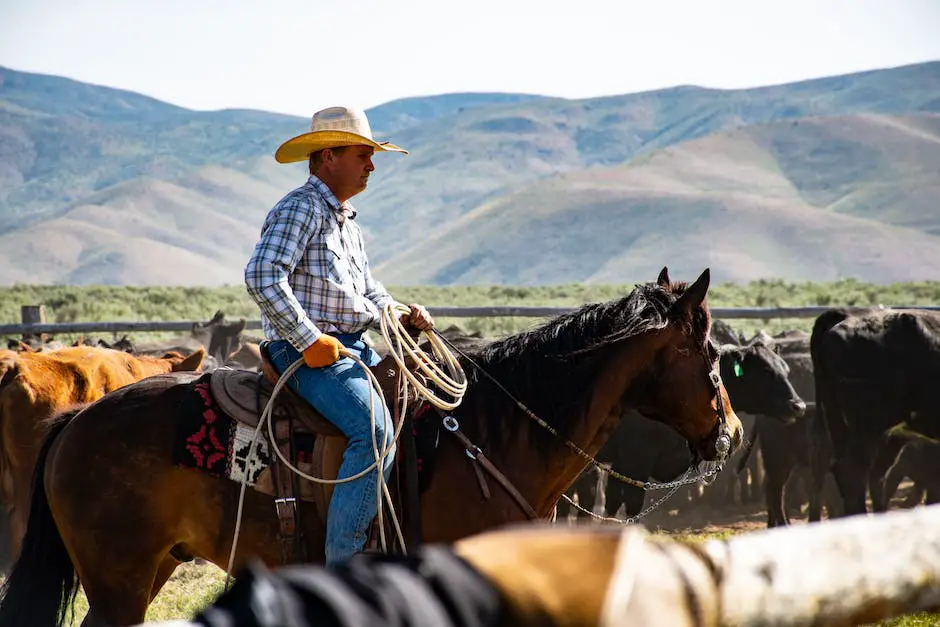
Saddle Seat Equitation
Dive into the unique and elegant world of Saddle Seat Equitation, which highlights the natural high-stepping gait of Saddlebred horses. Developed in the United States, this riding style focuses on creating a balanced and showy appearance, popular among both amateurs and professional equestrians. Saddle Seat Equitation and Five-Gaited Saddlebred riding come together to form a thrilling and rewarding equestrian journey that challenges riders to achieve excellence in both skill and style.
To master the saddle seat riding style, it is crucial to understand the proper techniques and positioning for holding the reins, using your legs, and evenly distributing your weight and body while in the saddle.
Posture
It is essential to have the correct posture while riding in the saddle seat style. Begin with a straight back, shoulders rolled back and down, and chin up with your eyes looking forward. Keep your legs directly under your body with a slight bend in your knees.
Rein Hold
The correct rein hold is essential for precise communication between the rider and the horse. Hold the reins with your thumbs on top and in front of the pinky, this is known as the “dollar bill” grip. As you ride, maintain steady contact with the horse’s mouth while also maintaining a straight line from your elbows to your hands and through the reins to the horse’s mouth.
Leg Positioning
Proper leg positioning is vital when riding a Saddlebred in the saddle seat style. Your heel should be slightly lower than your toe, creating a slight angle in your ankle. Place your thigh flat against the saddle, with your legs and thighs parallel to the horse’s sides. Your calf muscles should maintain contact with the horse’s barrel, while your toes should touch, but not grip, the stirrups.
Communication
The key to riding a Saddlebred with a saddle seat is maintaining a balanced and elegant posture while effectively communicating with your horse. As you ask your horse to execute various gaits and maneuvers, make sure to use clear aids, such as slight squeezes with your legs, gentle rein cues, and occasional vocal commands. The goal is to achieve smooth and seamless communication with the horse, making it look as though the horse is performing with minimal rider input.
Gaits
In saddle seat equitation, transitions between gaits play a crucial role in showcasing the horse’s natural talent and the rider’s ability to guide the horse seamlessly. The most common gaits seen in this style are the walk, trot, canter, slow gait, and rack. Each gait requires subtle adjustments in the rider’s position and cues to execute correctly. Mastering these transitions and the individual gaits not only elevates your overall performance in the saddle seat style but also makes the experience incredibly rewarding and enjoyable for both the rider and the horse.

Showing and Competitions
With this foundation in Saddlebred riding styles and gaits, riders can confidently participate in the diverse and fascinating world of Saddlebred showing and competitions. These events feature a wide range of classes and divisions to accommodate varying skill levels and styles. Participating in competitive events allows riders to showcase the elegance, athleticism, and versatility of the American Saddlebred horse while demonstrating their expertise in a supportive, sportsmanlike environment.
At the heart of Saddlebred competitions are various classes, each focusing on different aspects of riding style and performance. For example, Three-Gaited and Five-Gaited classes assess the horse’s ability to perform the walk, trot, and canter, along with the additional slow gait and rack in the Five-Gaited division. Fine Harness classes evaluate the horse’s performance as it moves in a precisely controlled manner, while Pleasure divisions prioritize smooth, effortless motion and a pleasing overall presentation.
Rules and regulations govern each event to ensure the safety and fair treatment of both horse and rider. These standards include guidelines for horse and rider apparel, tack, and grooming, as well as acceptable methods of training and preparation. The American Saddlebred Horse Association (ASHA) and the United States Equestrian Federation (USEF) are two prominent organizations that develop and enforce these rules, helping to maintain the integrity of the sport.
To achieve success in the show ring, riders must develop a strong foundation of riding skills and knowledge of the particular class requirements. This often involves working closely with a trainer to refine technique, practice specific patterns and movements, and learn strategies to accentuate the horse’s strengths and minimize weaknesses. Besides honing riding skills, riders need to establish effective communication with their horses and develop a partnership based on trust and mutual understanding.
Mastering showmanship is essential for Saddlebred riding enthusiasts to achieve success in showing and competition. This involves impeccable grooming of the horse, selecting appropriate attire and tack, and creating a polished, cohesive appearance. Riders must exude confidence and poise in the ring to leave a lasting impression on the judges, evaluating the horse-rider team as a whole. By developing technical proficiency and a captivating presence, Saddlebred riders can pursue excellence and enjoy the exhilarating world of showing and competitions.
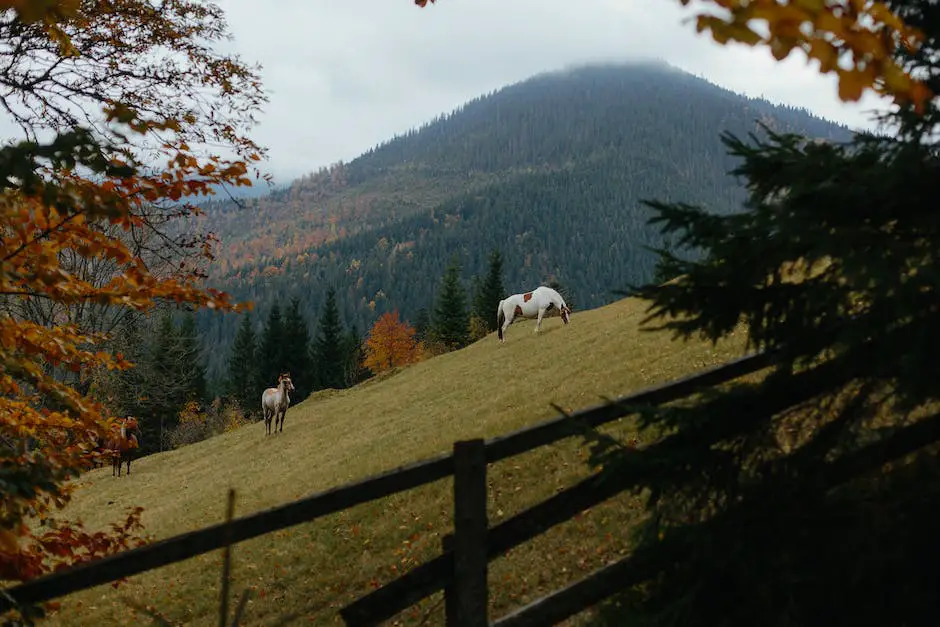
Horse Care and Maintenance
Along with honing showmanship skills, proper nutrition plays a critical role in maintaining the health and performance of a Saddlebred horse. A balanced diet comprising good quality forage, like hay or grass, combined with grains and concentrates specifically formulated for active horses is essential. Given their athleticism, Saddlebred horses may need a higher caloric intake compared to other breeds. Monitoring your horse’s weight, body condition, and energy levels is crucial to ensuring they receive adequate nutrients and calories for peak performance.
Grooming is another important aspect of horse care, particularly for Saddlebred horses, as they have long manes and tails that require regular attention. Grooming not only helps maintain the horse’s appearance but also promotes overall health by stimulating circulation, removing dirt and debris, and providing an opportunity to inspect the horse for any injuries or signs of illness. Frequent grooming can also help prevent skin issues, as well as reduce the chances of tangled manes and tails which can lead to discomfort for the horse. Proper grooming tools such as brushes, combs, and hoof picks should be used regularly to ensure a thorough cleaning.
Basic health care for your Saddlebred horse includes routine vaccinations, deworming, dental care, and hoof care. Vaccinations protect your horse from common equine diseases such as equine influenza, rhinopneumonitis, and tetanus, while regular deworming helps prevent internal parasites from impacting your horse’s overall health. Dental examinations and floating (smoothing sharp edges on teeth) should be performed by a veterinarian or equine dentist at least once a year to ensure optimal digestion and prevent dental issues. Regular hoof care, including trimming and shoeing when necessary, is essential for maintaining healthy and balanced hooves, which directly impacts the horse’s overall comfort and ability to perform.
Housing requirements for your Saddlebred horse should prioritize comfort, safety, and proper environmental conditions. Horses should be provided with a clean and dry living environment, such as a stall or pasture with access to shelter from the elements. Stalls should be mucked out regularly and bedding material, such as straw or wood shavings, should be used to keep the horse dry and comfortable. Pastures should be well-maintained and free of hazards, such as holes or debris, and appropriate fencing should be in place to prevent escape or injury.
Lastly, when focusing on Saddlebred riding styles, it is essential to invest time in training and conditioning your horse. This not only provides mental stimulation but also helps improve muscle tone, flexibility, and overall physical fitness, allowing the horse to excel in their specific riding discipline. Regular exercise, as well as training sessions with a professional Saddlebred trainer, can help develop and maintain the unique gaits and skills associated with this breed, such as the slow gait, rack, or park trot. Pay attention to proper tack fitting and adjust as needed to ensure your horse’s comfort during training and competition.

Training Techniques
As a Saddlebred enthusiast, it’s important to learn and apply effective training techniques to enhance your horse’s abilities in Saddlebred riding styles such as Five-Gaited, Three-Gaited, and Fine Harness. Familiarizing yourself with various training methods is crucial for improving communication with your horse, which in turn results in a more responsive mount capable of advanced maneuvers. By connecting your knowledge of riding styles with proper training techniques, your journey in mastering and showcasing the unique skills of your Saddlebred horse will be both rewarding and enjoyable.
One effective training method that has gained popularity in recent years is positive reinforcement, which involves rewarding your horse for desired behavior, thereby increasing the likelihood of that behavior being repeated in the future.
Positive reinforcement techniques involve using rewards, such as treats or verbal praise, to encourage your horse to perform a specific action. For instance, during early saddleseat training, you may use a treat to encourage your horse to stretch their neck and head upward, a fundamental element of the saddlebred riding style.
To maintain engagement and prevent boredom in your horse’s training regimen, it is essential to vary the exercises and gradually increase their complexity. For example, you can work on transitions between gaits and integrate lateral movements such as leg yields or shoulder-in exercises to improve suppleness and responsiveness.
As you progress in your training, you may utilize various training aids. However, when selecting and using these aids, you must be cautious to ensure they are appropriate and beneficial to your horse’s specific needs.
One commonly used training aid is the martingale, which helps maintain a horse’s head and neck carriage in the desired saddlebred riding style. Other aids, such as side reins, can assist in encouraging your horse to maintain proper contact with the bit, promoting balance and consistency.
While training aids can be helpful, it is critical to remember that they should serve as temporary assistance and should not replace proper riding techniques or force the horse into unnatural positions.
Another aspect of training that often gets overlooked but is vital for promoting a strong bond between horse and rider is ground training or groundwork.
Groundwork entails teaching your horse to respond to cues from the ground such as halting or backing up, increasing trust and respect between rider and horse. Additionally, incorporating regular desensitization exercises helps your horse remain calm and focused in various surroundings, ensuring a smoother ride in saddlebred riding styles.
As you follow these training techniques and continually expand your knowledge, you’ll be well on your way to becoming a skilled Saddlebred rider.
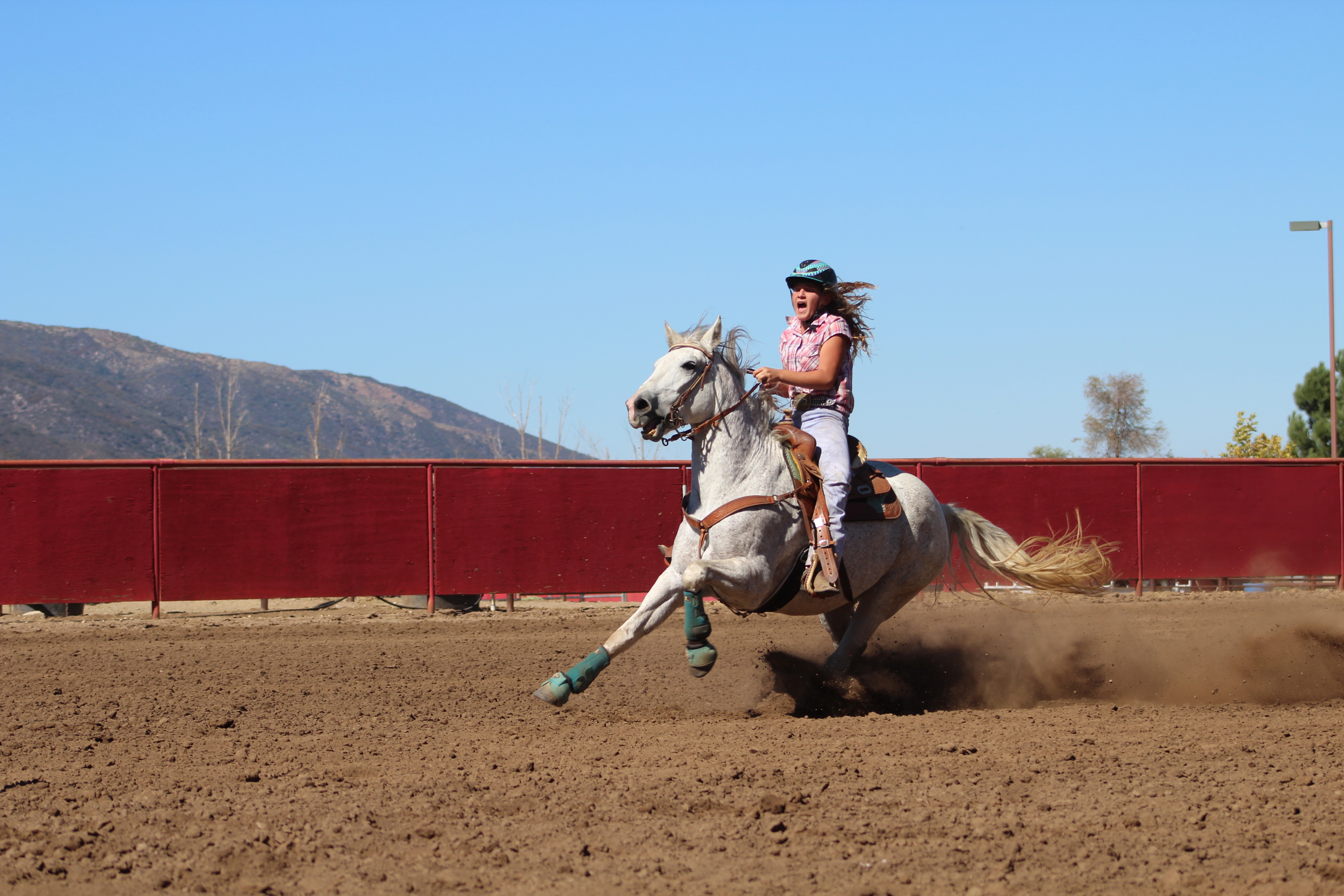
Photo by christinebenton on Unsplash
Rider Fitness and Conditioning
Keep in mind that rider fitness and conditioning are crucial for enhancing performance in various Saddlebred riding styles. Just as with any athletic endeavor, maintaining optimum strength, flexibility, balance, and stamina is essential. Developing a comprehensive exercise program to improve these core physical aspects will not only benefit you throughout your training, but also better prepare you for different riding scenarios such as equitation, pleasure riding, and showing.
Strength training is essential for Saddlebred riders, as it allows them to maintain proper form and control while riding. Targeted exercises for the core, back, and leg muscles improve stability and overall strength. For example, incorporating planks, lunges, squats, and other lower body exercises in your workout routine helps build the muscle endurance required to maintain correct equitation. Working on the core can also be beneficial as it provides stability while performing various maneuvers, enhancing overall performance.
Flexibility is another vital element for Saddlebred riders. Being limber allows for precise and fluid communication with the horse, which is crucial to executing a variety of gaits and movements. Incorporating dynamic and static stretching exercises into your fitness regime can help prevent strains and injuries and allows for a more extended range of motion. Yoga, Pilates, and foam rolling techniques are excellent options for Saddlebred riders looking to improve flexibility and muscle recovery.
Improving balance is essential for Saddlebred riding, as it allows the rider to maintain their seat correctly and move in harmony with the horse. Balance exercises such as single-leg stands, wobble boards, and various yoga poses help to develop proprioception, core strength, and coordination, which are important to confidently perform different riding styles. In addition, practicing balance on horseback is imperative, as it allows the rider to develop a better feel for the horse’s movement and fine-tune their riding skills.
A well-rounded fitness and conditioning program will ultimately lead to improved overall performance and a lower risk of injury while riding a Saddlebred. Your commitment to personal fitness will not only enhance your abilities but also promote a deeper bond with your horse due to clearer communication and better understanding. By regularly working on strength, flexibility, and balance exercises, you can become a more skilled rider, maximizing your enjoyment and success in the world of Saddlebred riding.
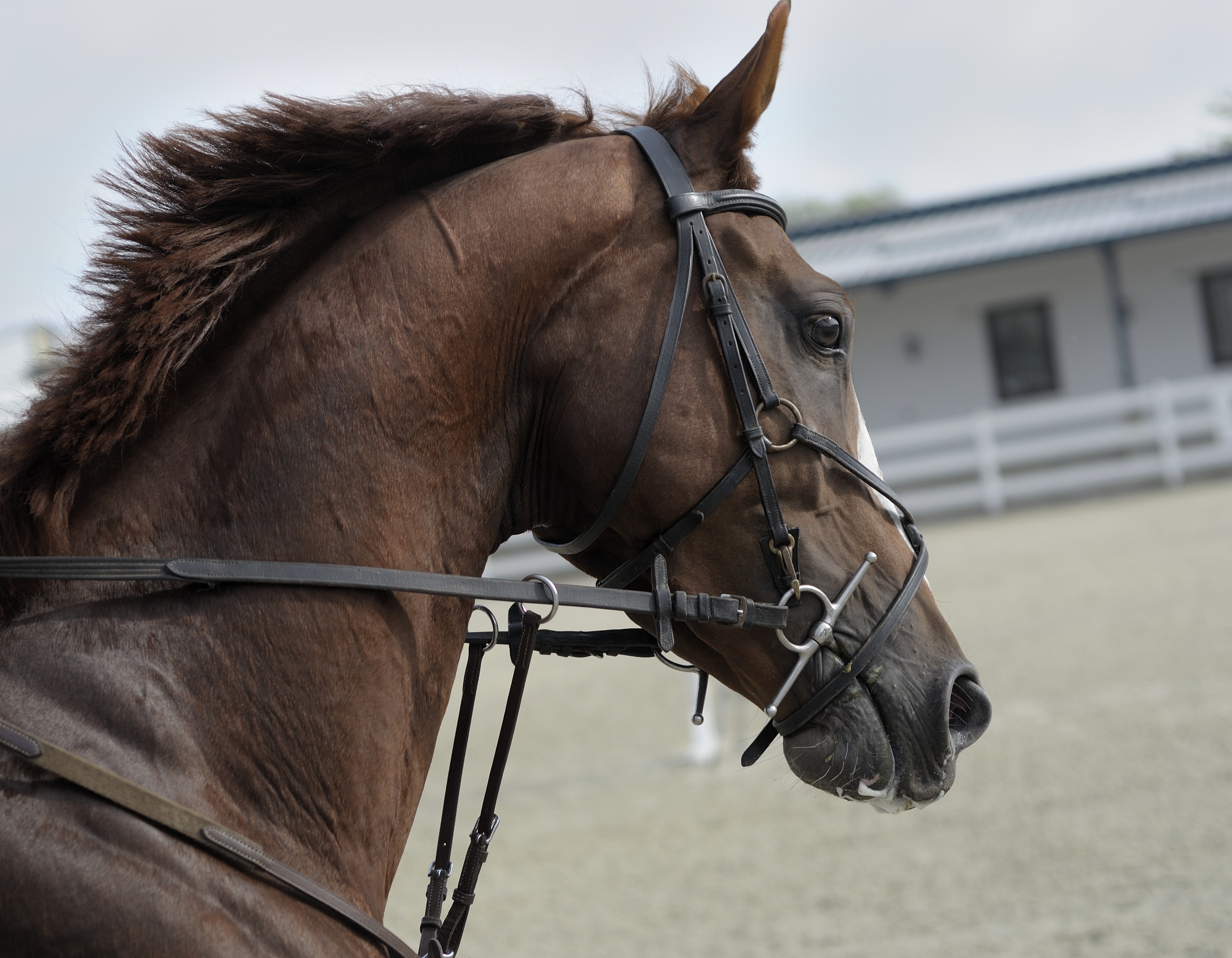
Mastering the intricacies of Saddlebred riding and horse care requires dedication, persistence, and a genuine love for these magnificent animals. As you continue to hone your skills and immerse yourself in the world of saddle seat equitation, showing, and training techniques, you will strengthen the bond with your horse and become a more confident, proficient rider. The journey of learning and growth in Saddlebred riding offers boundless rewards and satisfaction, as well as a lifelong connection to a vibrant community of fellow equestrians passionate about the American Saddlebred breed.
